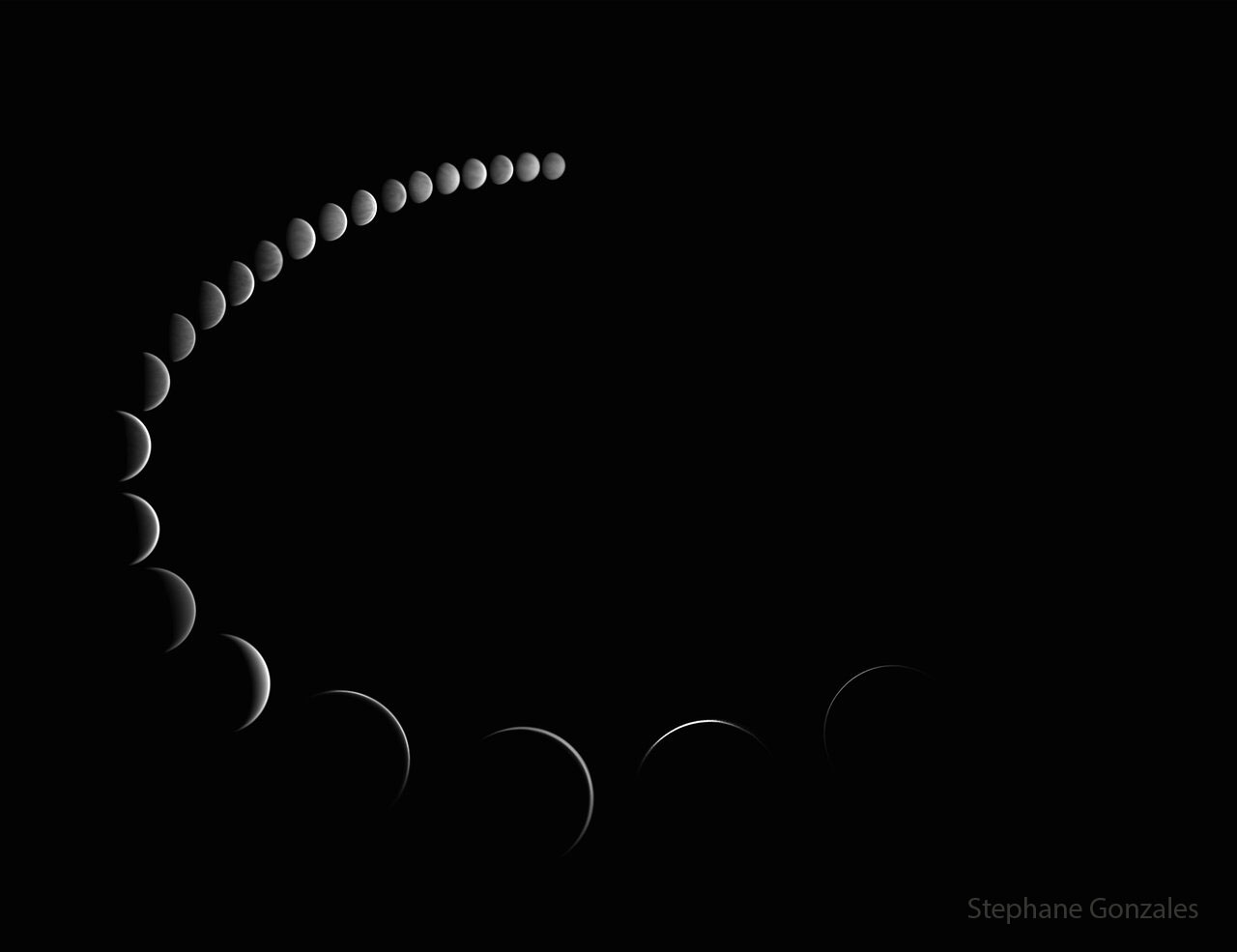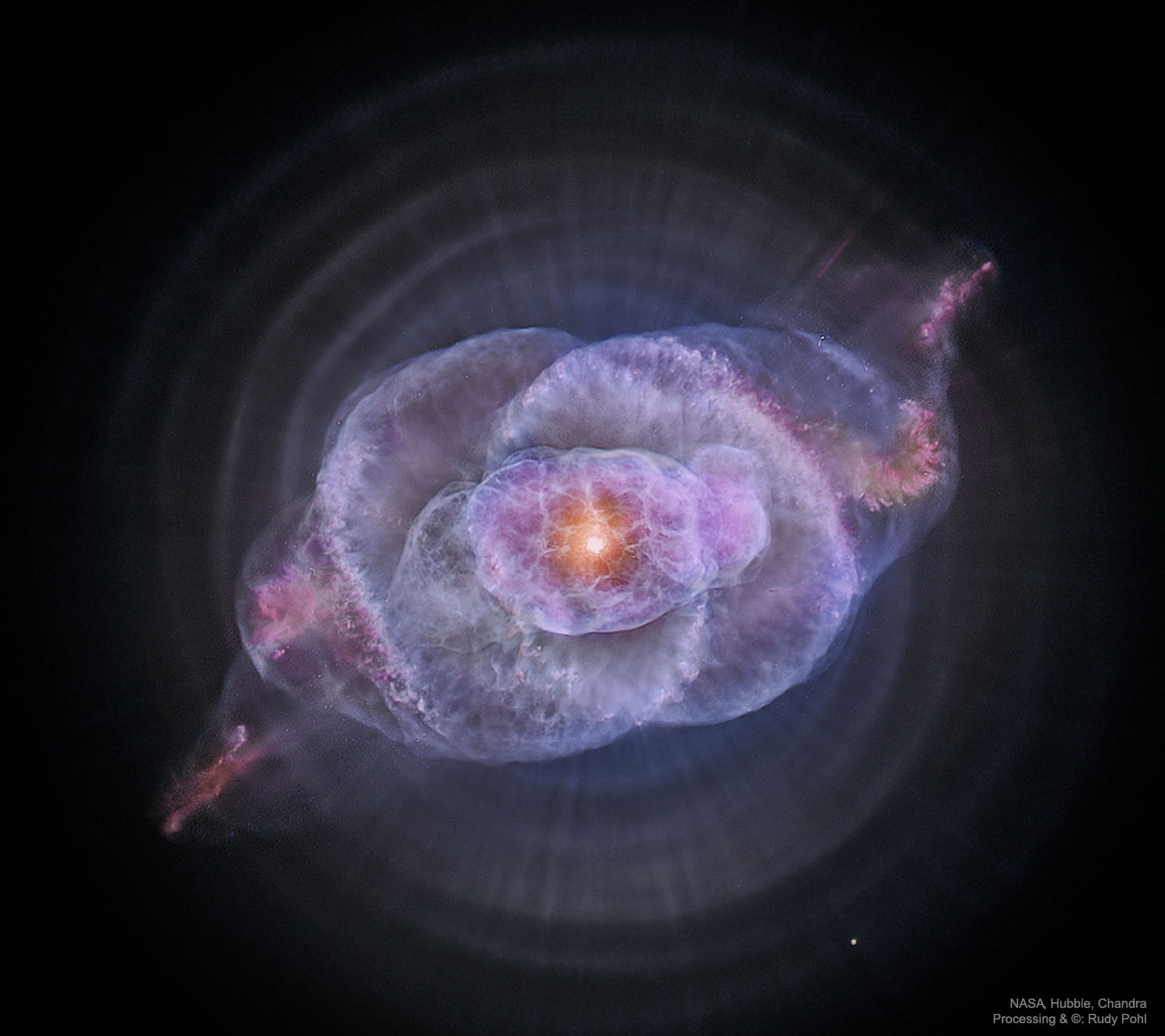326
327
328
329
26
After all of This Time Searching for Aliens, is it The Zoo Hypothesis or Nothing?
(www.universetoday.com)
330
331
332
333
334
335
336
50
NASA Successfully Tests Revolutionary Rocket That Could Get Us to Mars Faster
(www.sciencealert.com)
337
338
339
340
341
342
343
344
10
New Images Of Uranus Are Spectacular; Planet Can Be Seen From Wyoming This Week
(cowboystatedaily.com)
345
346
347
348
349

